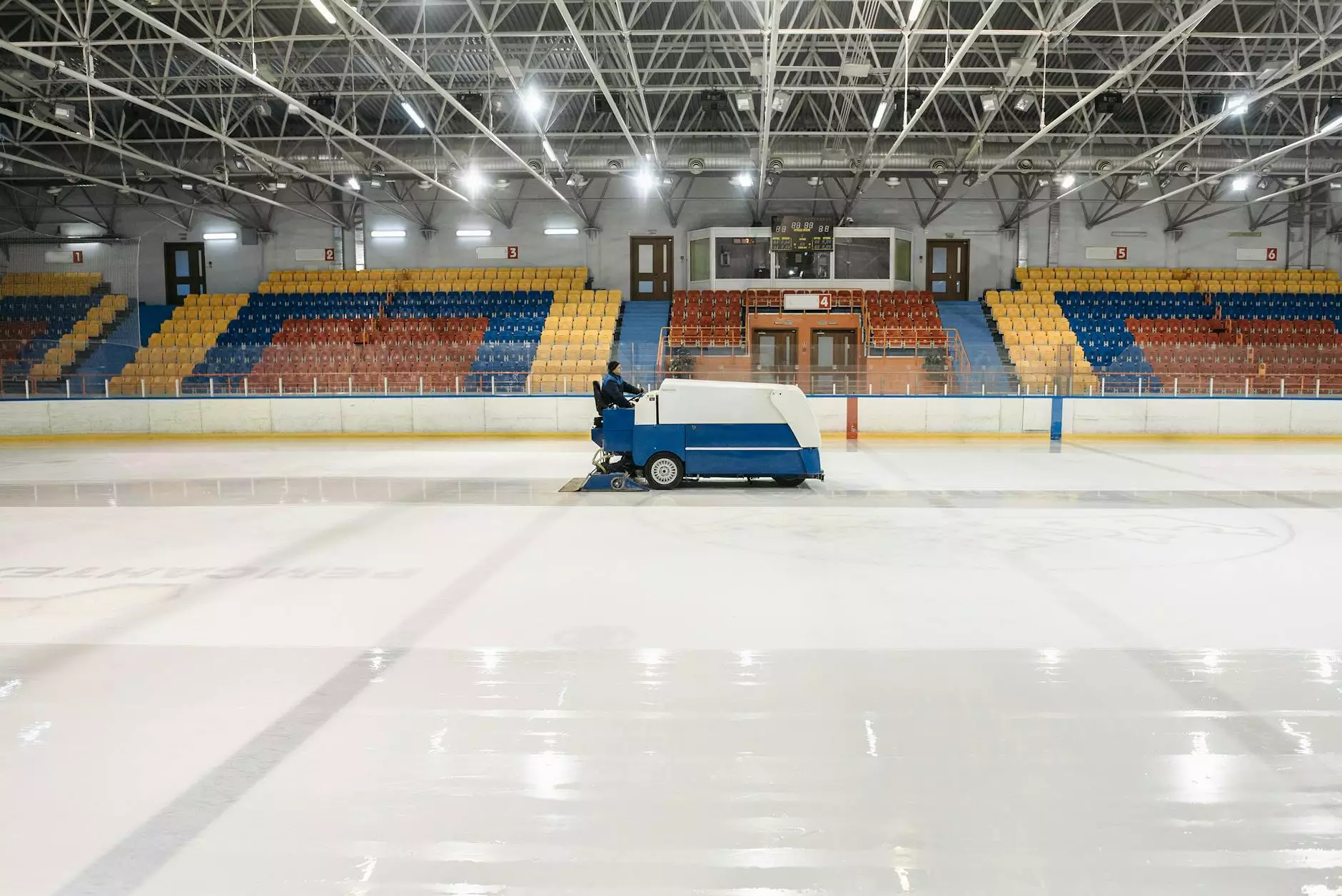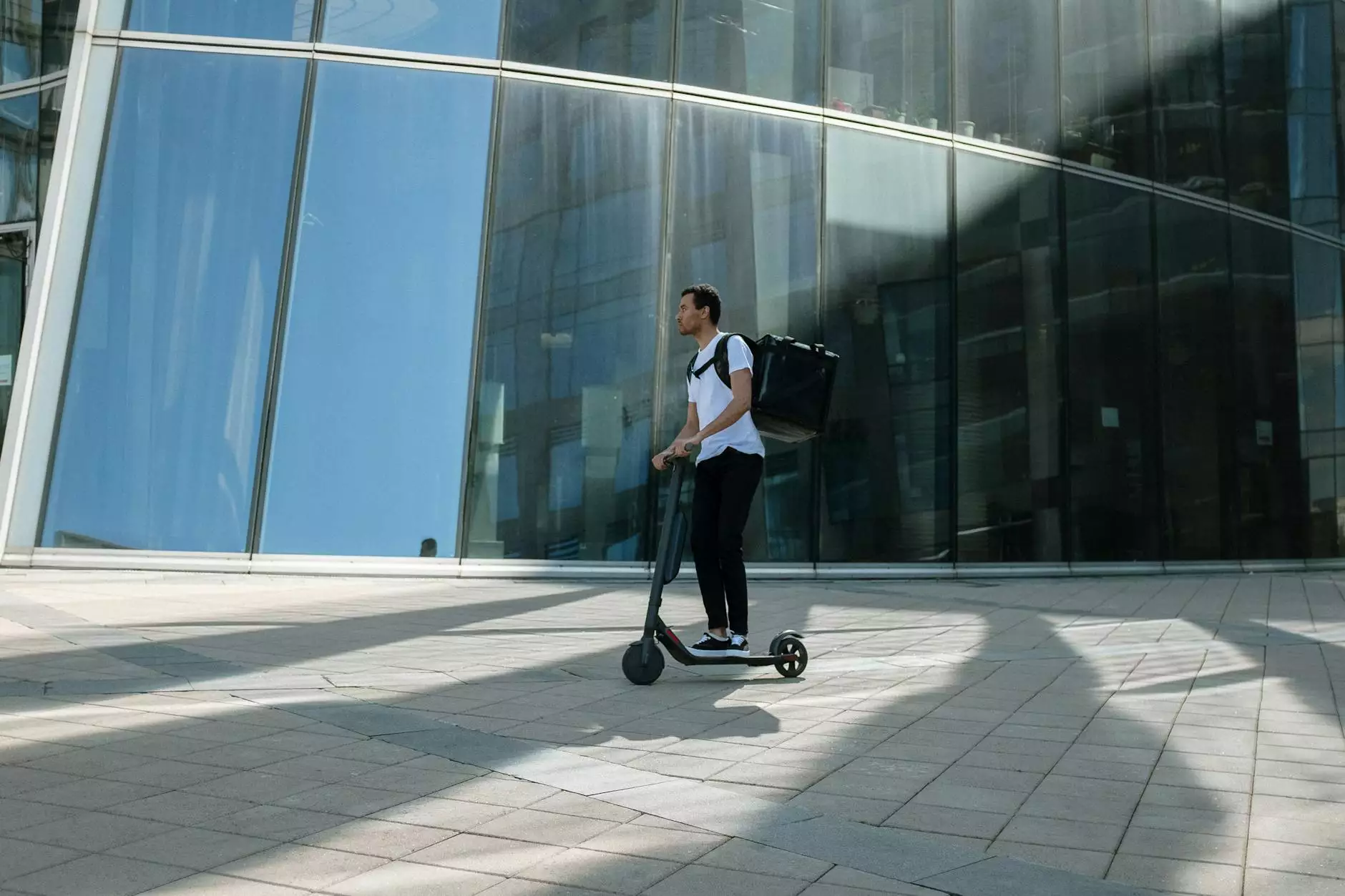Ultimate Guide to Pool Patio Resurfacing

Introduction to Pool Patio Resurfacing
In the realm of outdoor aesthetics and functionality, pool patio resurfacing plays a pivotal role. This process not only rejuvenates the appearance of your pool area but also enhances safety and durability, making it an essential consideration for any pool owner. Whether you are looking to upgrade the look of your existing patio, fix surface imperfections, or adapt to changes in style, resurfacing offers a variety of benefits that can transform your pool space into an oasis of relaxation and enjoyment.
Understanding the Need for Resurfacing
Over time, outdoor elements such as sunlight, rain, and temperature fluctuations can take a toll on your pool patio's surface. This can result in:
- Cracks and Chips: Damage from heavy use, weather, and shifting materials can lead to unpleasant cracks.
- Fading and Discoloration: Sun exposure can cause colors to fade, detracting from the overall beauty.
- Slippery Surfaces: Wear and tear can create slick zones that pose safety risks for swimmers and guests.
- Mold and Mildew Growth: Algae and mildew can thrive in damp areas, making your pool area uninviting and unsafe.
Benefits of Pool Patio Resurfacing
Resurfacing your pool patio comes with a host of benefits:
- Enhanced Appearance: A fresh surface can completely transform the look of your patio, giving it a modern and appealing aesthetic.
- Increased Safety: Resurfacing can include adding textured finishes to improve traction and reduce slip hazards.
- Cost-Effective Restoration: Instead of replacing the entire surface, resurfacing is a budget-friendly alternative that extends the life of your patio.
- Variety of Finishes: From stamped concrete to decorative overlays, you can choose a style that fits your personal taste.
- Environmentally Friendly Options: Many resurfacing products are eco-friendly and sustainable, reducing environmental impact.
Different Resurfacing Options
When it comes to pool patio resurfacing, several options are available:
1. Concrete Resurfacing
This is a popular choice for its durability and versatility. Concrete resurfacing can involve:
- Overlay Systems: These create a new surface layer atop existing concrete to cover imperfections.
- Stamped Finishes: Gives the appearance of stone or tile, offering a high-end look without the high-end cost.
- Textured Finishes: Adding texture not only enhances grip but also aesthetic appeal.
2. Paver Resurfacing
Pavers are individual units that can be laid over existing surfaces. They allow for unique design options and can be easily replaced if damaged.
3. Tile Resurfacing
Using tiles can create an elegant and sophisticated look. However, it may require more maintenance and careful installation to avoid cracking.
4. Epoxy Coatings
Epoxy provides a seamless and durable finish that is resistant to water and chemicals, making it ideal for poolside areas.
How to Choose the Right Resurfacing Option
Selecting the right resurfacing method involves consideration of several factors:
- Overall Aesthetic: Consider your home’s exterior and landscaping when choosing colors and materials.
- Budget: Evaluate the cost of materials and labor to stay within your financial plan.
- Durability: Assess how much wear and tear your patio is likely to experience; some surfaces are better suited for high traffic.
- Maintenance: Some options require more upkeep than others—factor this into your decision.
The Resurfacing Process
Understanding the steps involved in pool patio resurfacing can prepare you for what to expect:
1. Assessment and Preparation
The first step involves assessing the current condition of your patio. Any structural repairs should be addressed before proceeding with resurfacing. This might include patching cracks and leveling uneven surfaces.
2. Cleaning the Surface
A thorough cleaning is crucial. The surface must be free of debris, oil, and algae to ensure a strong bond with the new material.
3. Application of Resurfacing Material
Whether you’re going for an overlay or another method, the application step will vary based on the material chosen. It's typically mixed and poured, or laid out in pavers.
4. Finishing Touches
Your finishing touches can include sealing the surface for added protection and polishing for improved appearance. Make sure to use products that are suitable for outdoor use.
Tips for Maintaining Your Resurfaced Pool Patio
Once your patio is resurfaced, maintaining its beauty and integrity is key:
- Regular Cleaning: Keep the patio clear of debris and dirt. A gentle wash can prevent algae growth.
- Prompt Repairs: Address any cracks or chips immediately to prevent further damage.
- Use the Right Products: If applying sealants or cleaners, choose those recommended for your specific surface material.
Conclusion
Investing in pool patio resurfacing is an excellent way to enhance your outdoor living space. A well-executed resurfacing project not only elevates the aesthetic appeal of your pool area but also extends the life of your investment. By understanding the options, benefits, and processes involved, you can make informed decisions that align with your style and budget. At Pool Renovation, we are committed to providing top-notch resurfacing services that cater to your unique needs, ensuring your pool patio remains a beautiful and functional space for years to come.
Contact Us for Expert Pool Renovation Services
Ready to transform your pool area? Contact Pool Renovation today for a consultation on pool patio resurfacing and other services including swimming pool repair and water heater installation/repair. Let us help you create the outdoor oasis you've always desired!



